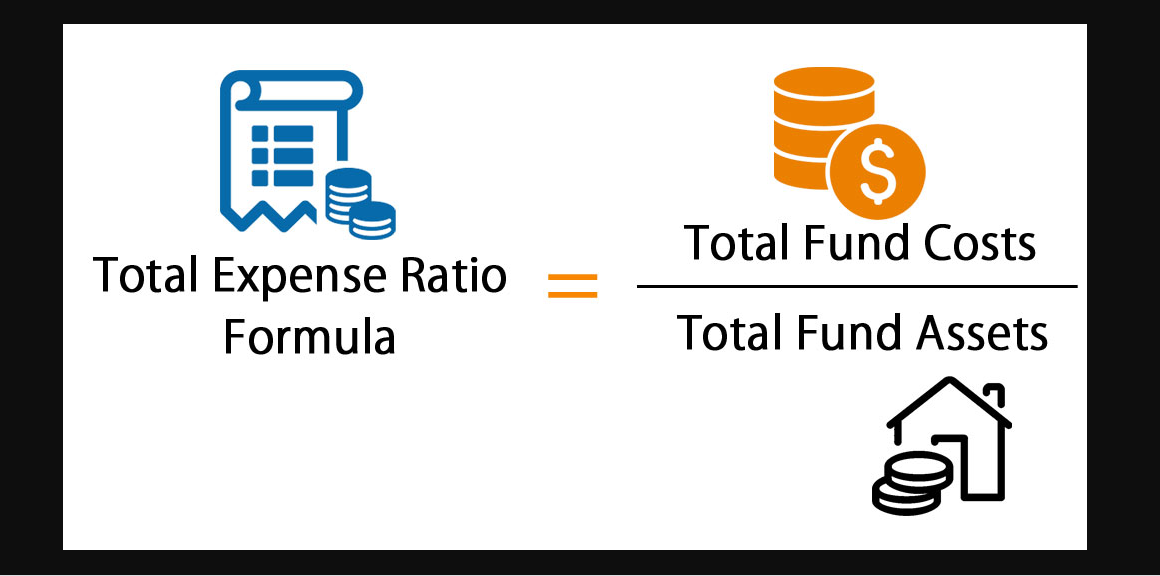As mutual fund Investments are gaining popularity, so is the need for investors to be aware about their investments. It’s really important for any person to know detailed information about the product, the benefits he is entitled to and most important, the cost associated with it, especially for first time investors. So, in this section, we will cover the different costs and expenses that an Asset management company (AMC) charge.
What Does an Asset Management Company (AMC) charge for?
In simple layman terms, an asset management company charge you for managing the investment they undertake on your behalf.
Just like any other company, AMC also have employees; fund managers, economic experts, research analysts, distributors, constitute the main employee section of any fund management company. So, in order for their smooth operations and to ensure you better returns, there are some charges that you, as an investor need to pay. Securities And Exchange Board Of India(SEBI) has laid down proper guidelines, to regulate , monitor and approve these expenses. Let’s look at them in detail.
- Entry Load: Entry load is a one time charge that you need to pay while entering into a scheme. It needs to be considered that such amount is adjusted in overall fund’s expenses to arrive at it’s Net Asset Value (NAV). As of now, SEBI has discontinued Entry Loads.
- Exit Load: Any mutual fund would have a tenure. However, sometimes, you would like to withdraw the amount earlier than it’s proposed duration. So, in such situations, you are eligible to pay an exit load. The purpose here to charge exit load is to prevent frequent withdrawal of money by investor. Exit load cease once an investor meets minimum investment duration criteria.
- Transaction Charges: They are the upfront one time charge applicable in all schemes. As per the latest SEBI guidelines, Rs 150 is the transaction charge to be paid by new investor, Rs 100 for the existing investor on a Fund Value of Rs 10000 or above. For Systematic Investment Plan(SIP) Value of Rs 10,000 and above, a transaction charge of Rs 100 is levied, to be paid in 4 equal monthly installments.
- Expense Ratio: This forms an important aspect in determining the overall cost of any particular fund. It is defined as an annual charge for administrative and management operations of Asset Management Company (AMC). Expense ratio is denoted as Total Expense Ratio (TER). The formula for calculating TER is :
Total Expenses X 100, wherein,
Total Net Assets
Total Net Assets = Assets procured under plan, often referred to as Assets Under Management (AUM).
TER is recurring in nature and is expressed as a percentage. The size of fund helps in determining it’s Expense Ratio. The following are the prescribed limits for Expense Ratio in Equity and Debt Schemes:
| Average Weekly Net Assets | Limit On Equity Schemes | Limit On Debt Schemes |
| First Rs 100 Crore | 2.50% | 2.25% |
| Subsequent Rs 300 Crore | 2.25% | 2% |
| Subsequent Rs 300 Crore | 2% | 1.75% |
| Above Rs 700 Crore | 1.75% | 1.50% |
Now, the actual Computation Of Expense Ratio is as Follows:
| Size Of Fund | Expense Ratio Computation | Expense Ratio |
| Mutual Funds with Net Assets Rs 1000 Crores | Rs 20.50/1000 Crores | 2.05% |
| Mutual Funds With Net Assets Rs 100 Crores | Rs 2.50/100 Crores | 2.50% |
It should be noted that as the size of Mutual Fund Increases, the Expense Ratio Decreases. This gives us the following conclusion:
Higher the Assets Under Management (AUM), the lower the Expense Ratio and Vice Versa.
- Miscellaneous : Other nominal charges need such as Securities Transaction Tax (STT), service charge , account statement charges need to be borne by investors from time to time.
Please Note: SEBI has issued notifications to all Asset Management Companies to disclose all relevant information pertaining to expenses, charges, redemption and rewards relevant to mutual fund schemes/product.
I hope this session would definitely help you in understanding Mutual Fund Pricing and Disclosure appropriately.


